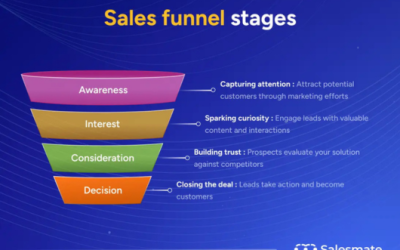I would like to share with you a story that is very common in marketing. Our client, NoName, had a problem. Their sales were flat and their sales pipeline was shrinking. NoName was frustrated and the company’s salespeople were scratching their heads. In the past, doing it the “same old” way seemed to work. In today’s climate, “same old” is out as competitors innovate and do not want to be left behind.
NoName’s executive, Mary Jo, asked me for help, so I began by asking to review her 3 primary lead sources – networking events, the web and clients. Mary Jo was astonished when I suggested clients as a key lead source. Given how much time her sales team spends networking to find qualified leads, the best leads often are your current clients. She immediately saw the logic behind clients as a key resource.
I continued to ask specific questions about her clients. NoName sells multiple products and only 1/3rd of their clients buy more than one product. I asked Mary Jo and her sales team several questions:
- What characteristics do those clients have that lead them to buy multiple products?
- What other clients do you have with those characteristics?
- What can we do to meet prospective clients that have the same characteristics?
Immediately, the team responded with great answers and saw client opportunities. As the client profile emerged, Mary Jo and her team started making plans and laying out the tactics to reach their current and future clients while using analytical benchmarks to measure their success.
One year later, NoName’s revenue is rising and its sales pipeline has doubled. Now, 50% of NoName’s client buy multiple products and 75% of its new clients this year bought multiple products.
How did we analyze client buying behavior?
We used our client’s CRM where a treasure of information is available. Many marketing firms rely on Google Analytics and other data analytics platforms while viewing the CRM as a platform to collect leads. Collecting leads is essential, but by treating the CRM as a valuable data asset, we were able to learn more about NoName’s client purchasing behaviors and needs. We began by segmenting clients by service or product type and then began to create datasets to help NoName make wise decisions about their products, sales, and marketing. NoName is a distributor and has used our CRM for over 2 years now.
The key is NOT to jump on the latest technology, but to diligently use the right technology so you can make new sales.
Spending time with clients is a good strategy and clients are a great source of new business so how are you using your CRM as a valuable asset to your client relationships? Please contact me at jonr@cccsolutions.com so that we can help you create new sales.





